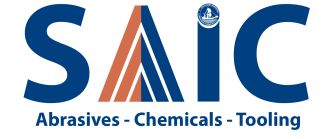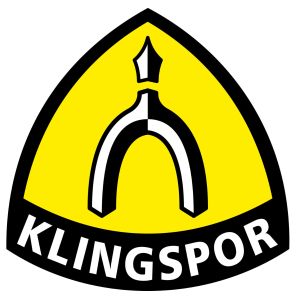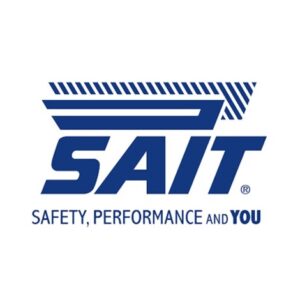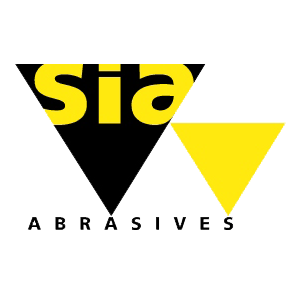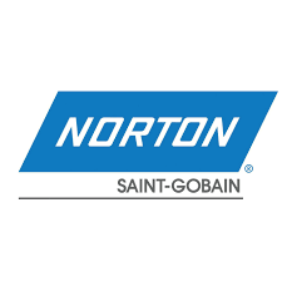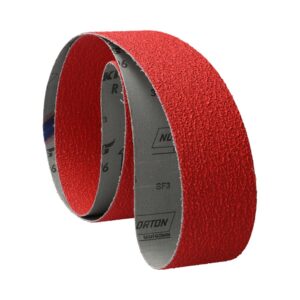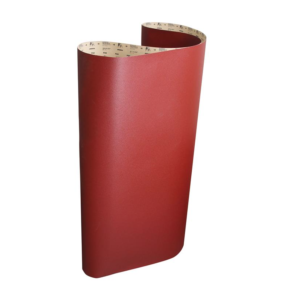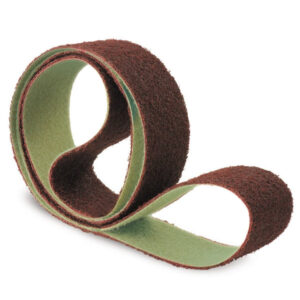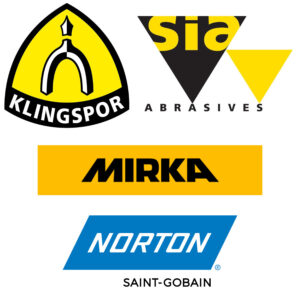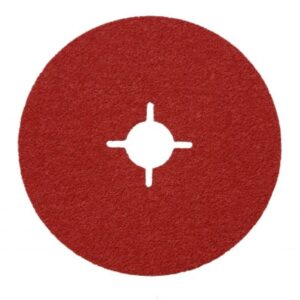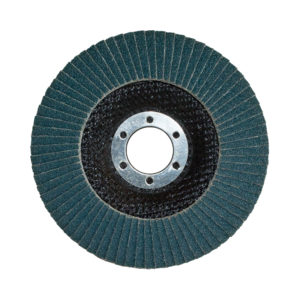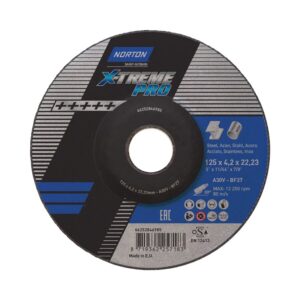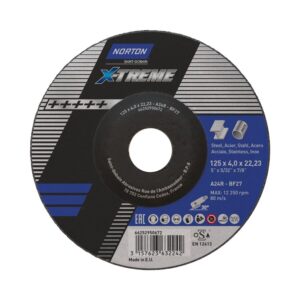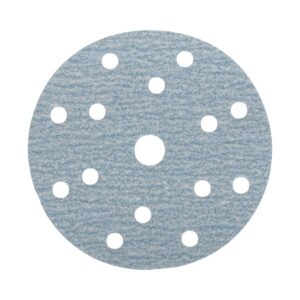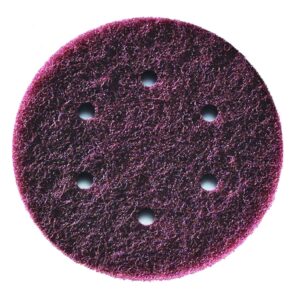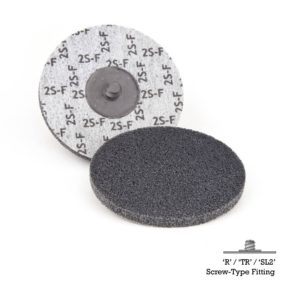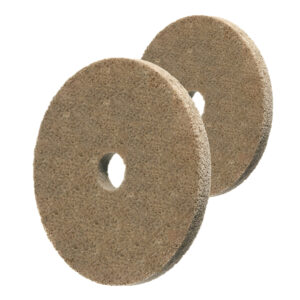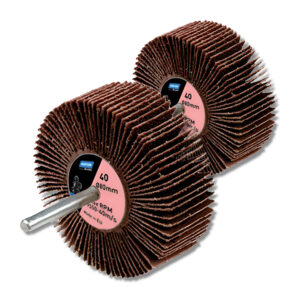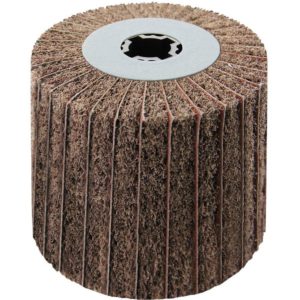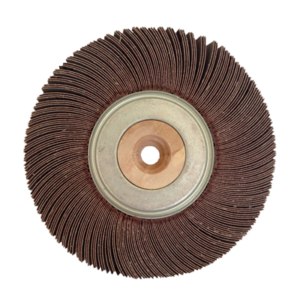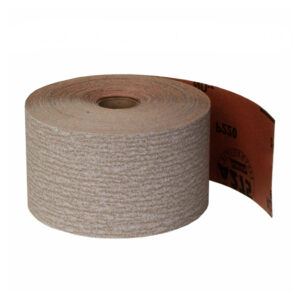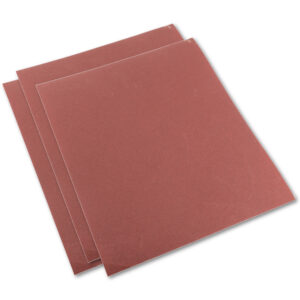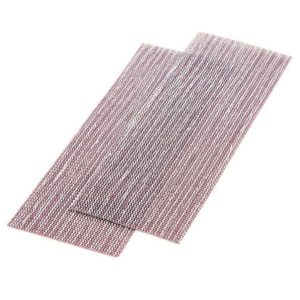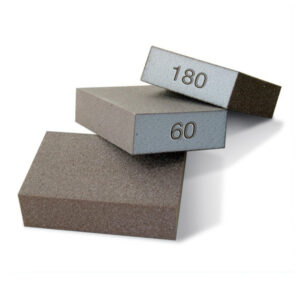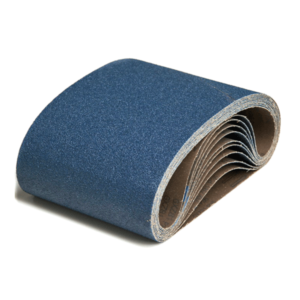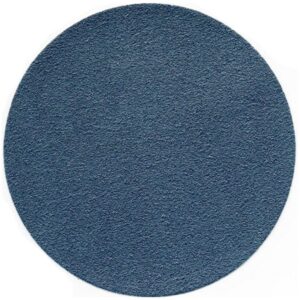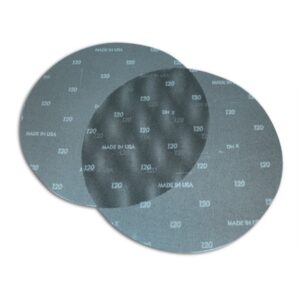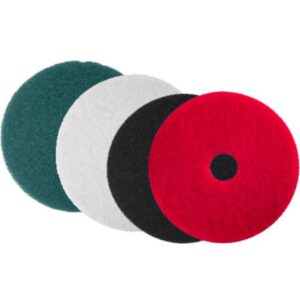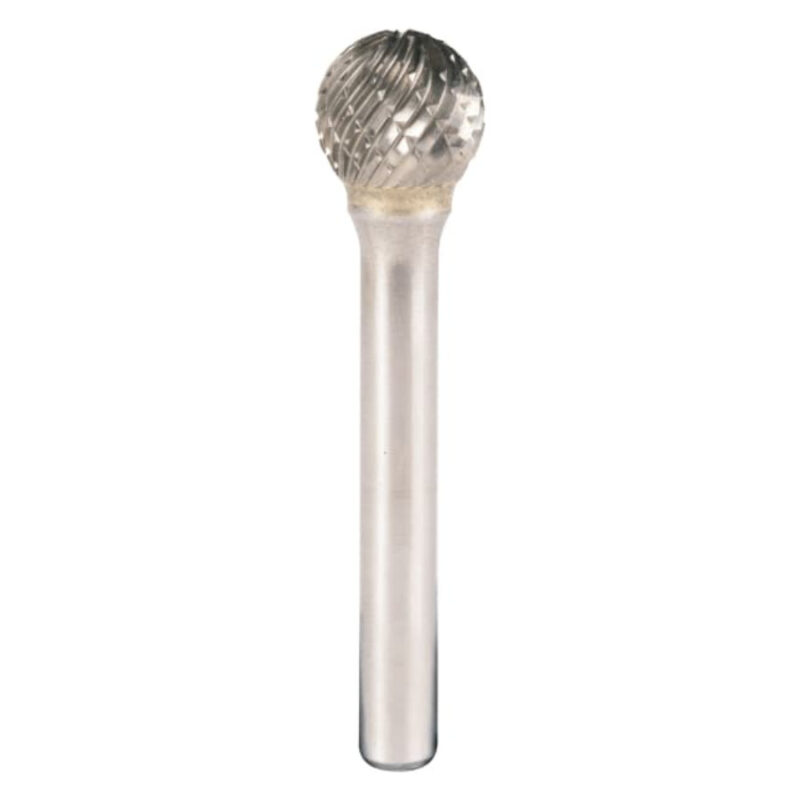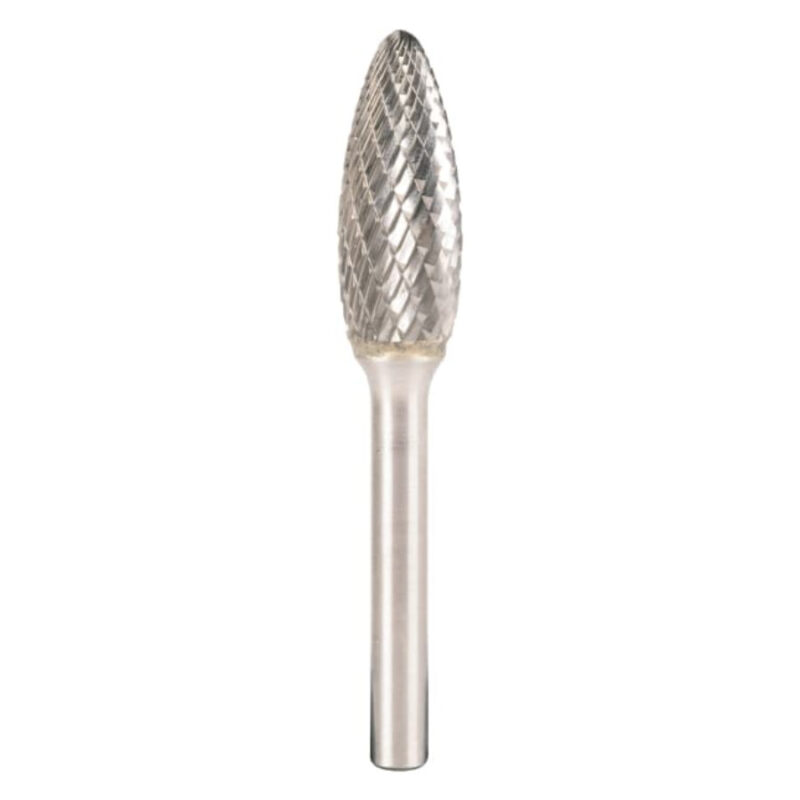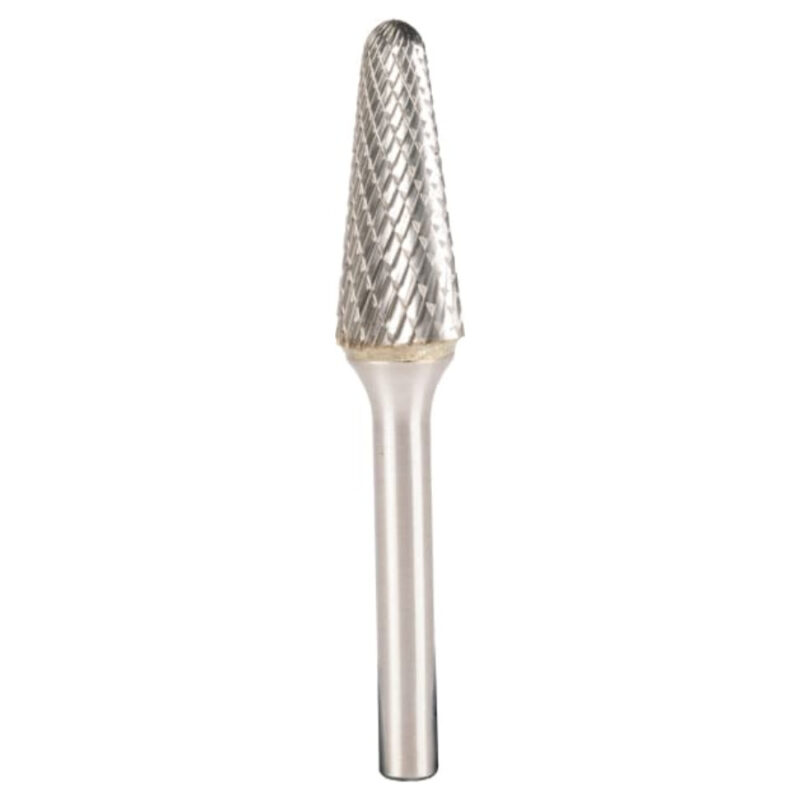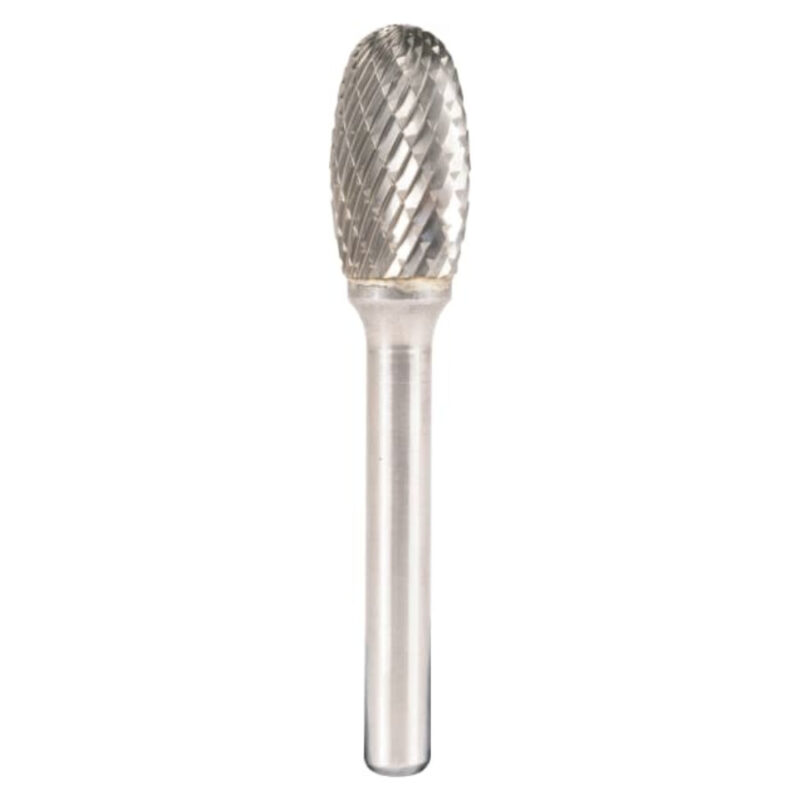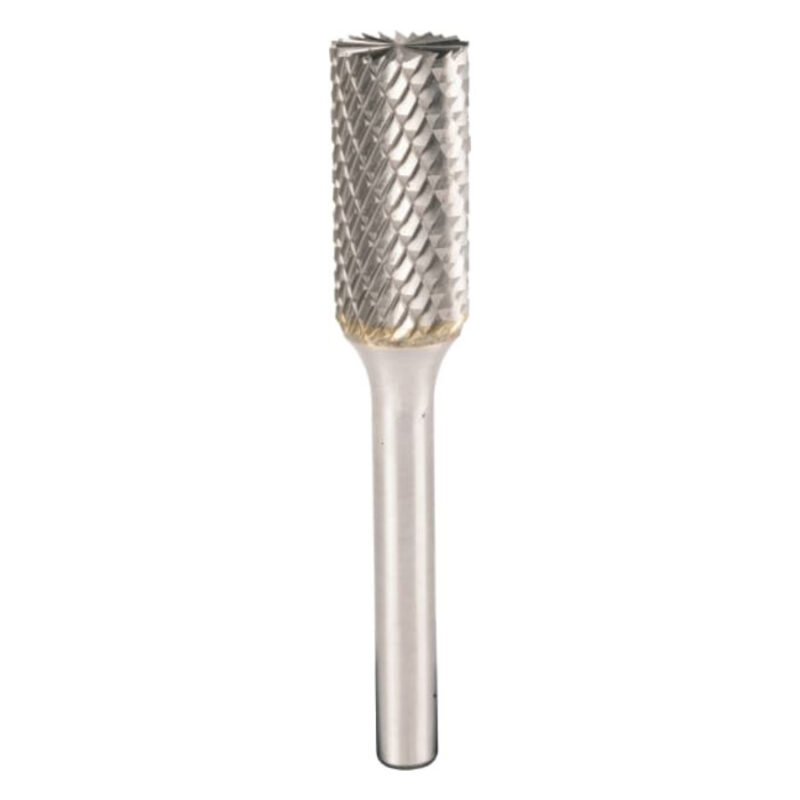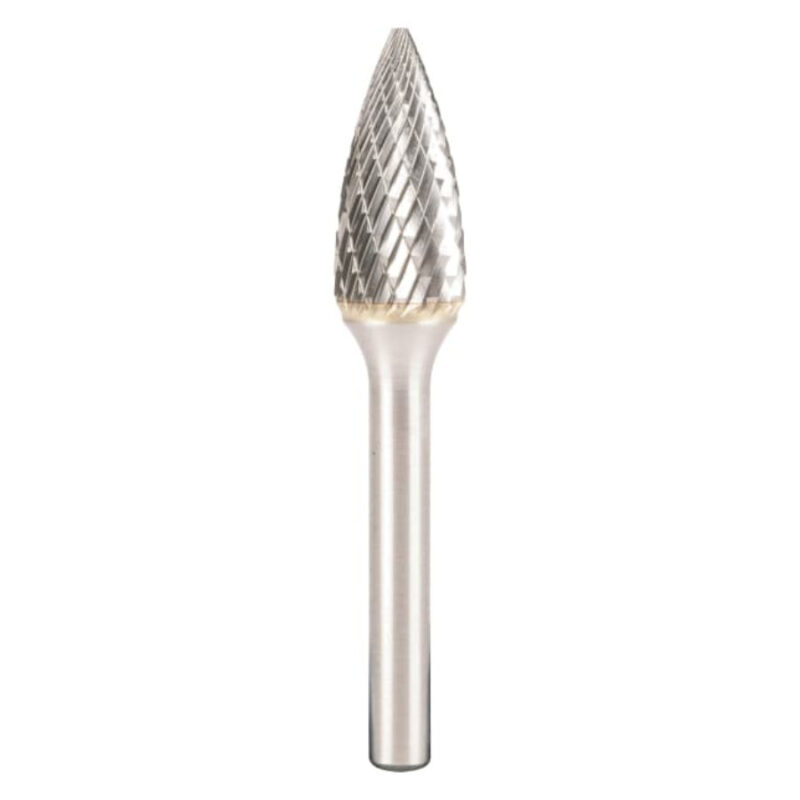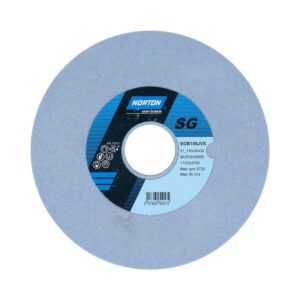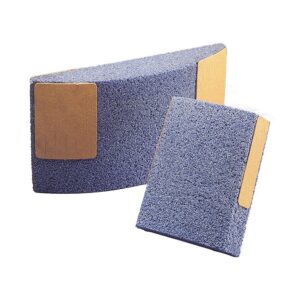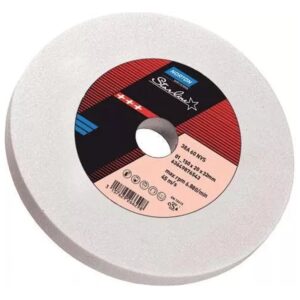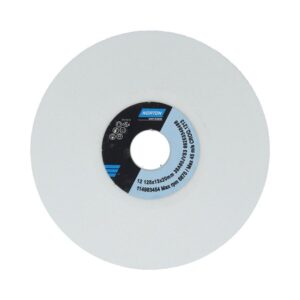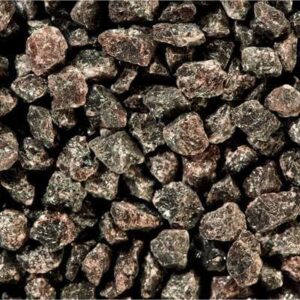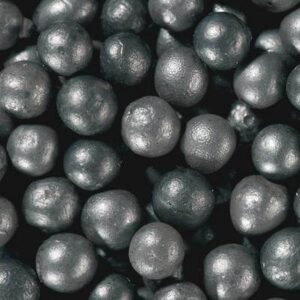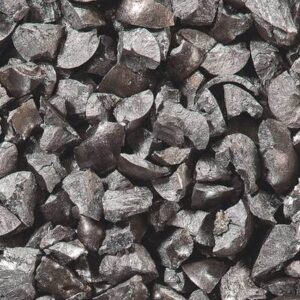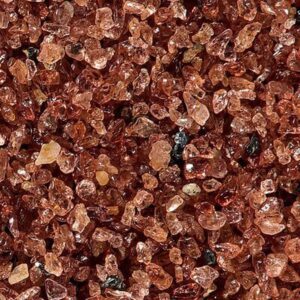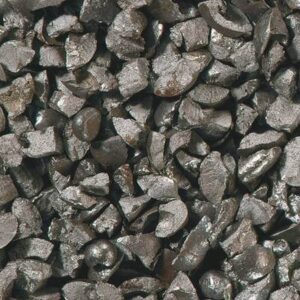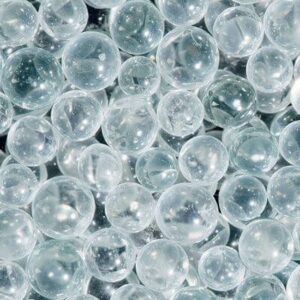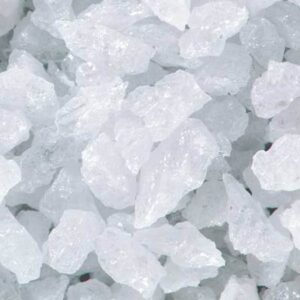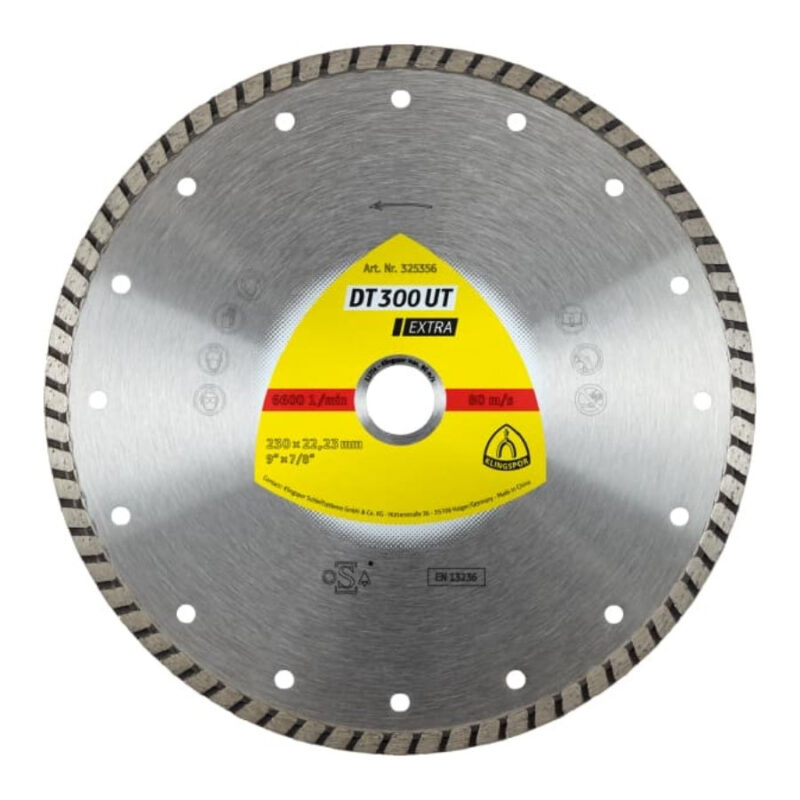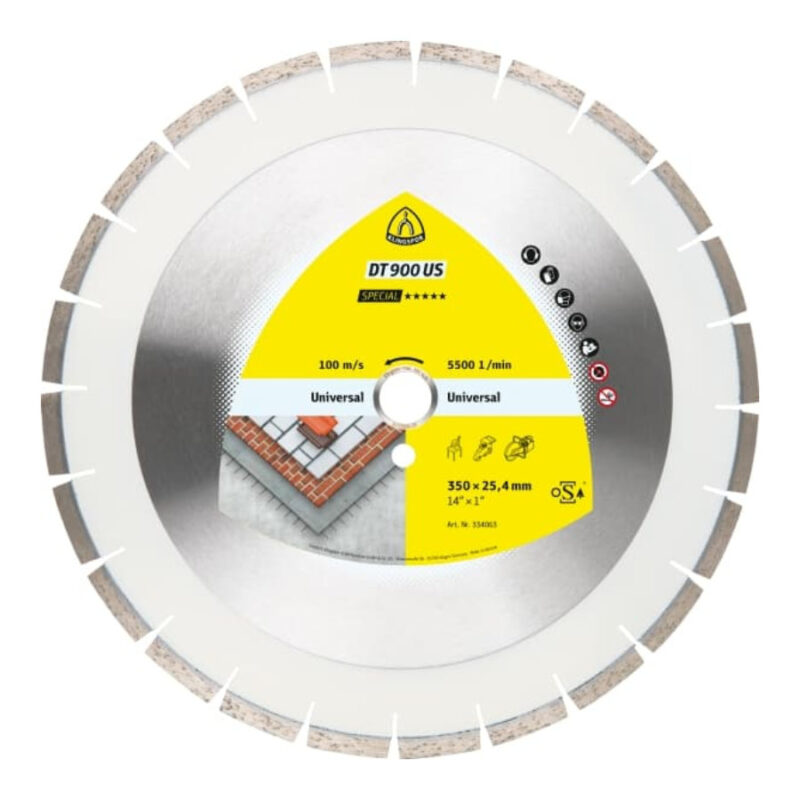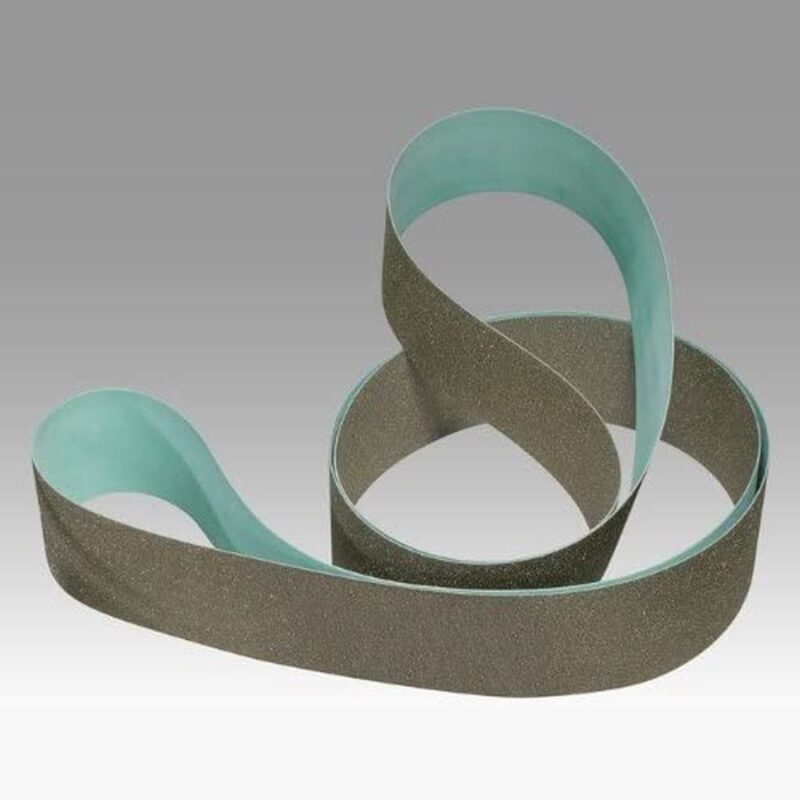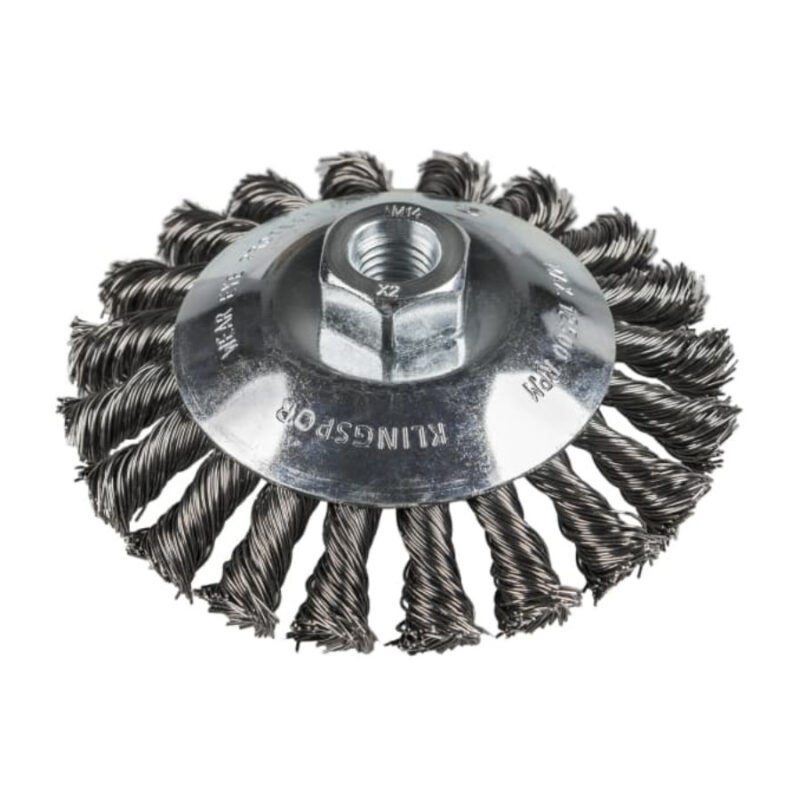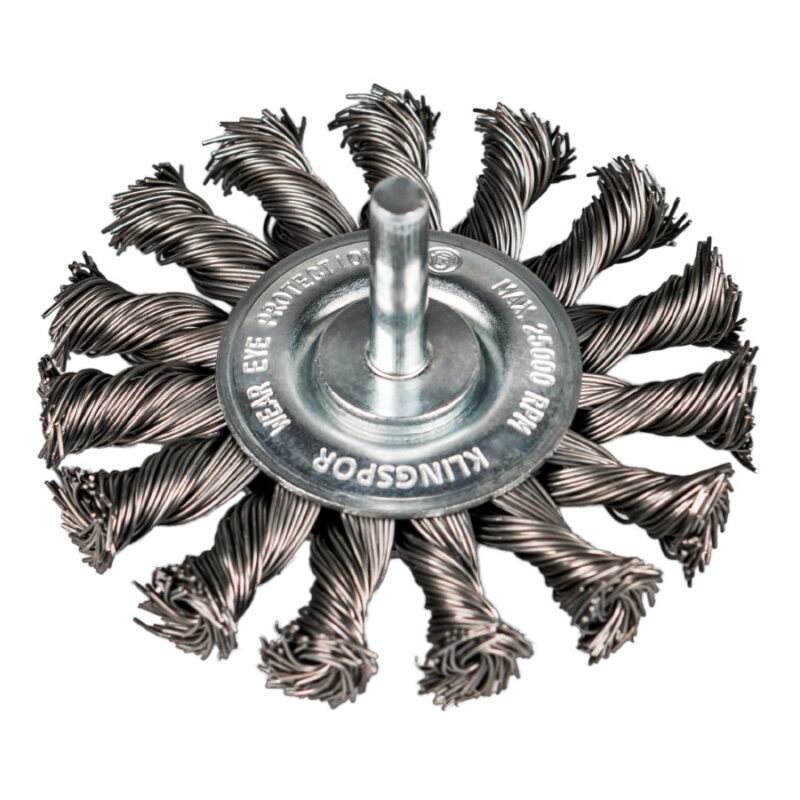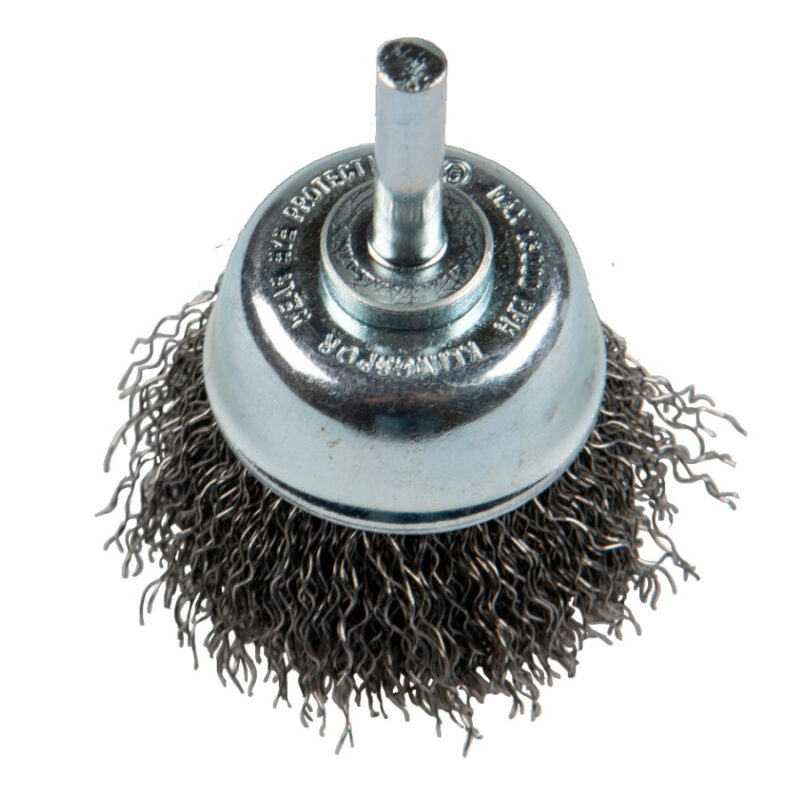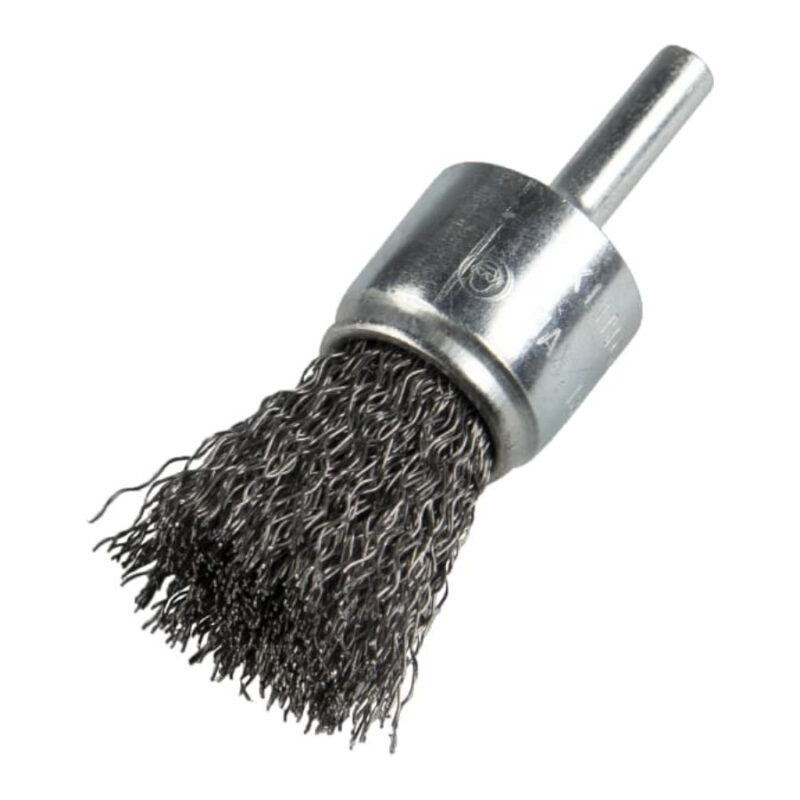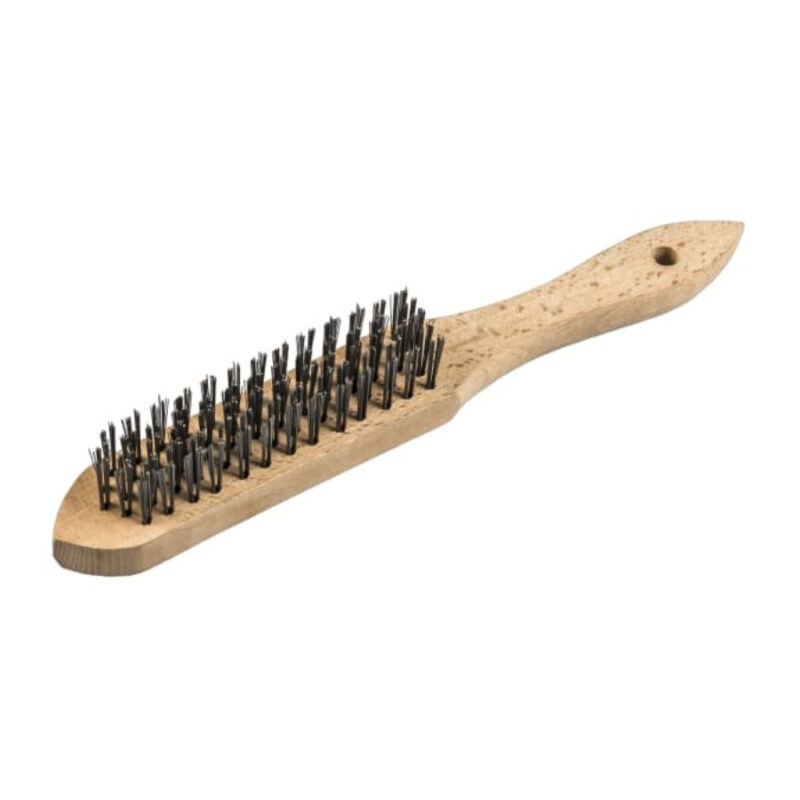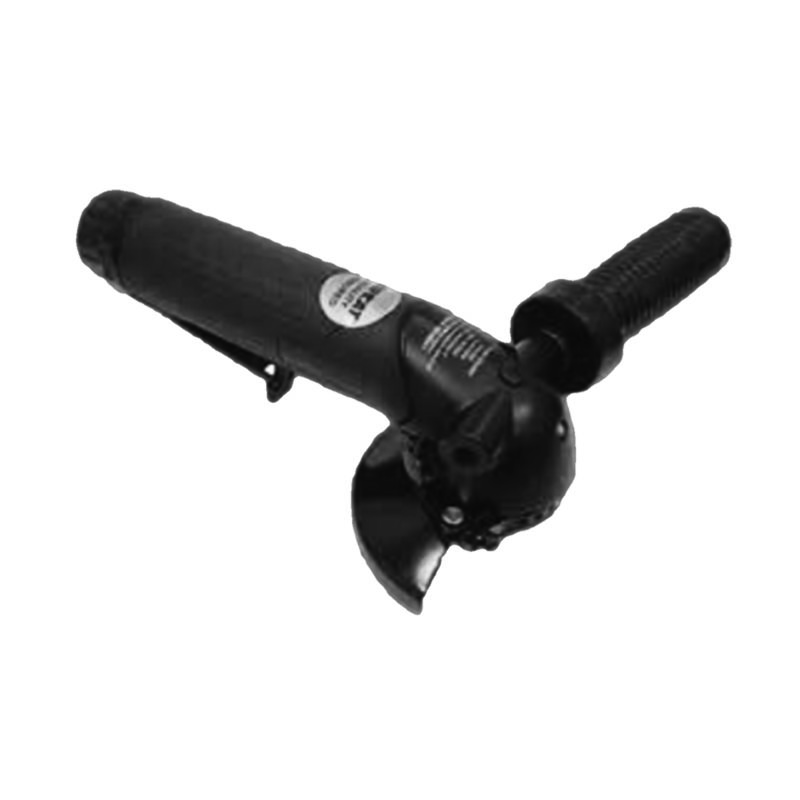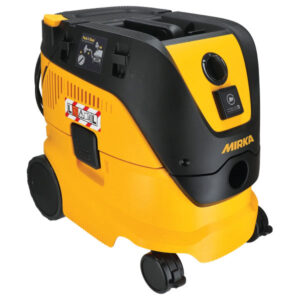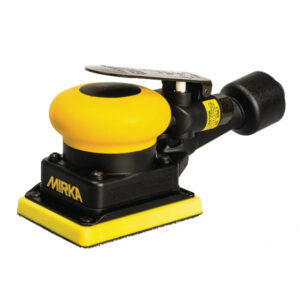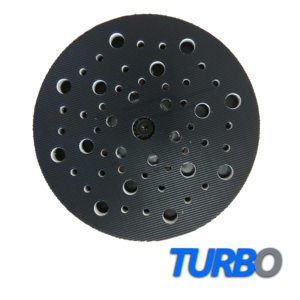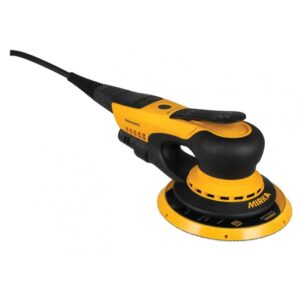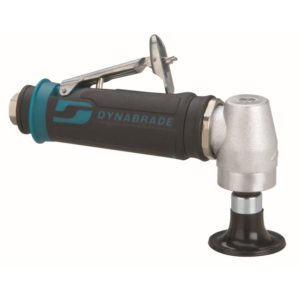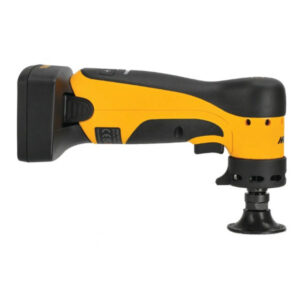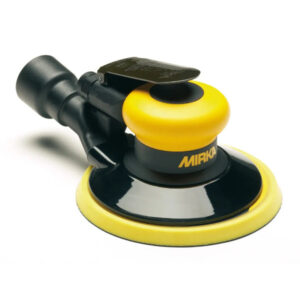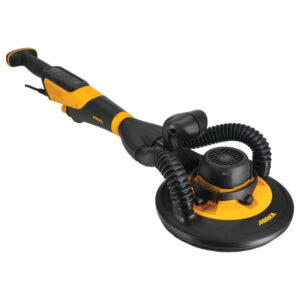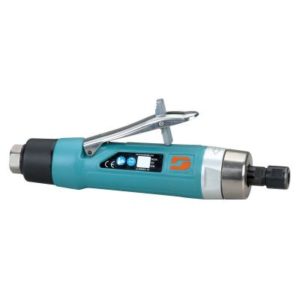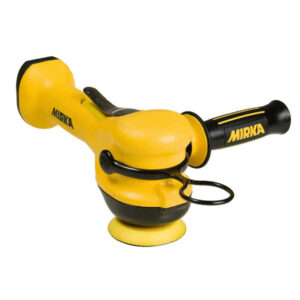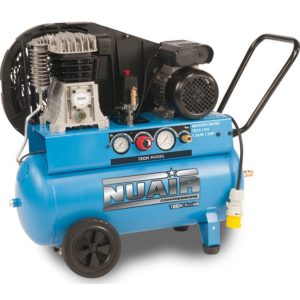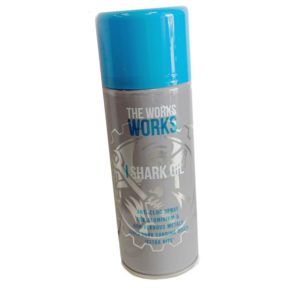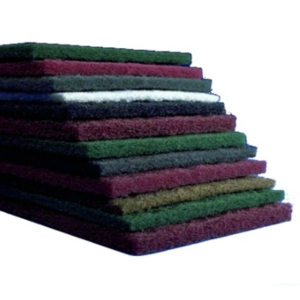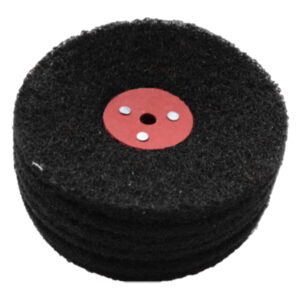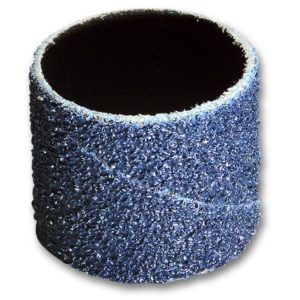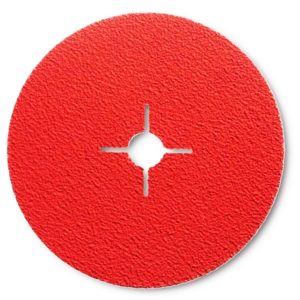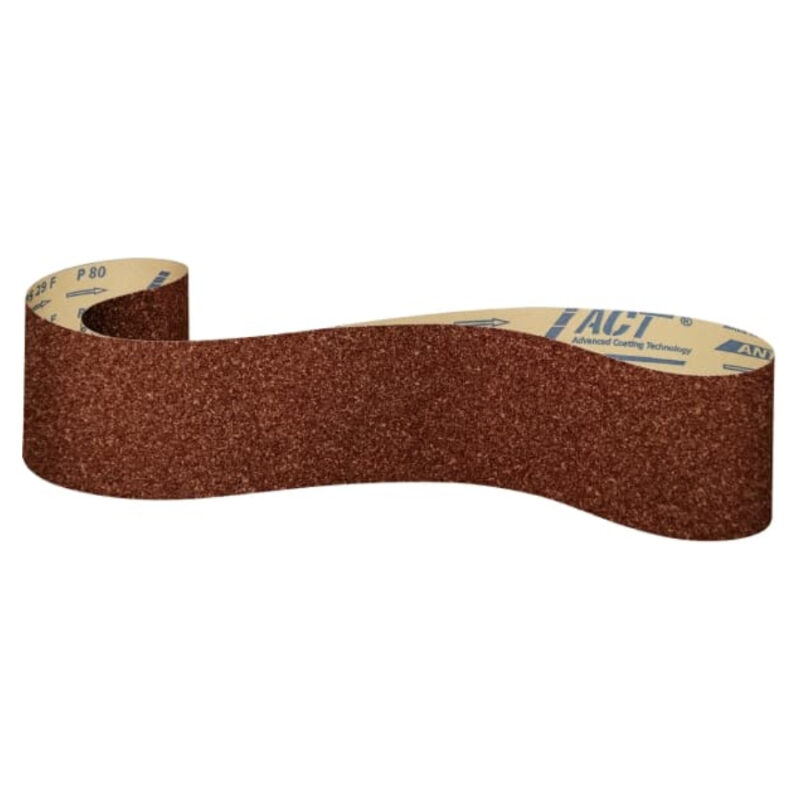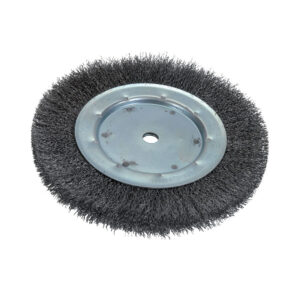Belt Sanders
Belt sanders are powerful and versatile tools that are commonly used in woodworking, metalworking, and other industrial applications. Belt sanders consist of a motor that drives a continuous loop of sandpaper or abrasive belt, which is wrapped around two or more rollers. There are several types of belt sanders, including belt files, belt grinders, and belt linishers, each designed for specific applications.
Belt files are compact and handheld tools that are commonly used for detail work and small sanding jobs. They typically feature narrow, 10mm-wide belts, which are perfect for getting into tight spaces and sanding hard-to-reach areas. Belt files are often used in metalworking, for example, for deburring and shaping metal surfaces.
Belt grinders are larger, stationary tools that feature wider, more heavy-duty belts, typically 50mm or wider. Belt grinders are used for removing large amounts of material quickly and efficiently from metal, wood, and other materials. They are often used in industrial applications, such as metal fabrication and welding, where heavy material removal is required.
Belt linishers are similar to belt grinders, but they typically feature a longer, more narrow belt. They are often used for finishing and polishing metal surfaces, such as the edges of metal sheets and plates. Belt linishers are also commonly used in woodworking for sanding and shaping wood surfaces.
Belt sanders use a range of abrasives, including sandpaper belts, abrasive belts, and other types of abrasive belts. These abrasives are available in a range of grits and materials, including aluminum oxide, silicon carbide, and zirconia alumina, among others.
The choice of abrasive will depend on the material being sanded and the desired finish. Coarser grits may be used for removing material quickly, while finer grits may be used for finishing and smoothing surfaces. Abrasive belts can also be used to remove rust and other surface contaminants from metal surfaces.
One of the advantages of using a belt sander is the ability to quickly and easily change the abrasive belt. This allows for efficient and effective sanding of a range of materials and surfaces without the need for multiple tools.
When using a belt sander, it is important to wear appropriate safety equipment, including eye and ear protection and a dust mask. This will help to prevent injury and exposure to potentially harmful dust and particles.
In addition to standard sanding belts, there are also specialized belts available for belt sanders, such as ceramic belts and structured abrasive belts. Ceramic belts are designed for heavy-duty metal grinding and finishing, while structured abrasive belts are designed to provide a consistent finish over a longer period of time.
Overall, belt sanders are a powerful and versatile tool for a range of sanding and finishing tasks. Whether you are working with wood, metal, or other materials, a belt sander can help you achieve the desired finish quickly and efficiently. By using the appropriate abrasive belt and sanding techniques, it is possible to achieve a range of finishes on a variety of materials and surfaces.
